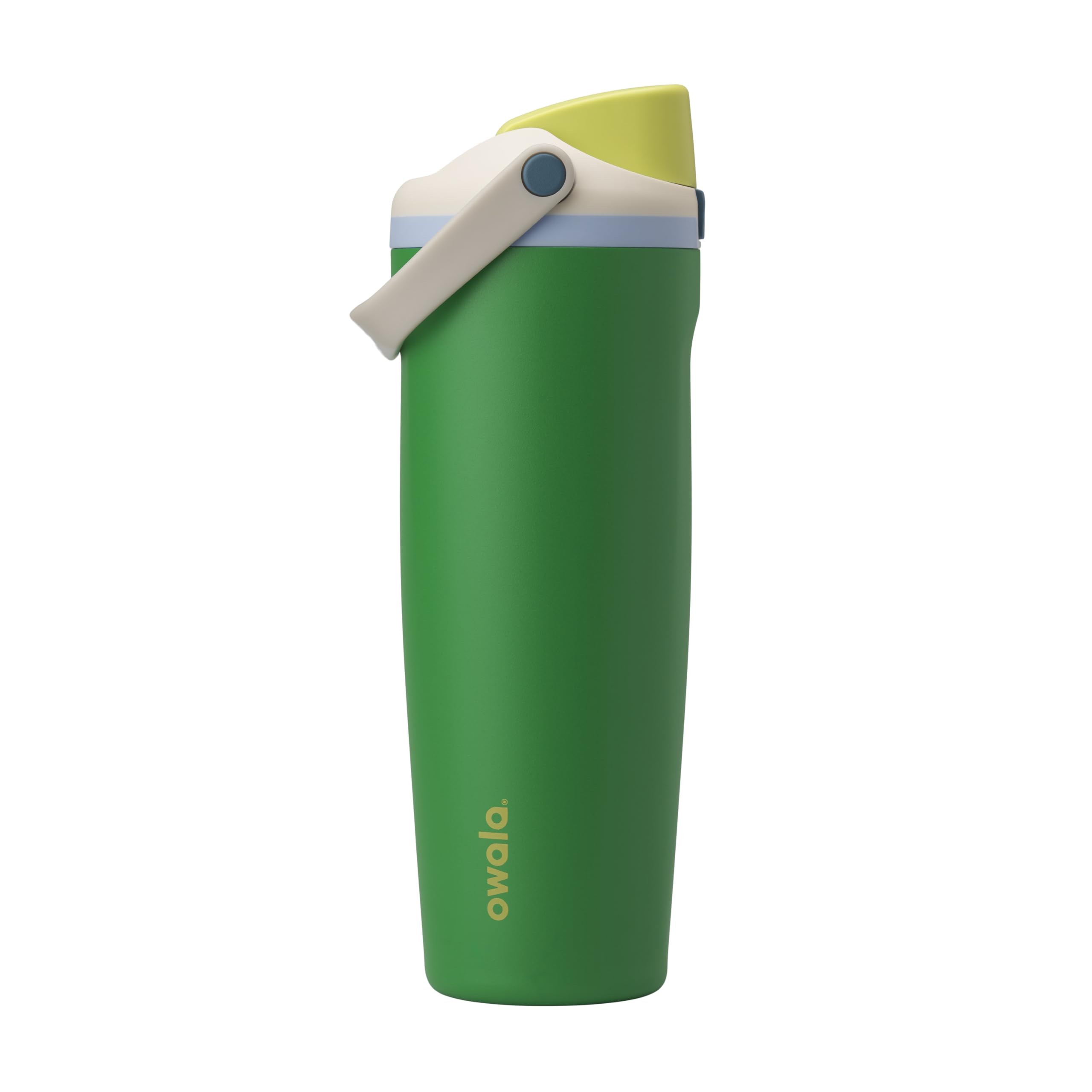 The entire outer surface of the 630-foot-tall Gateway Arch in St. — Owala FreeSip Sway - Stainless Steel — $##.99
The entire outer surface of the 630-foot-tall Gateway Arch in St. — Owala FreeSip Sway - Stainless Steel — $##.99TLDR Check here.
The mind seeks patterns, a predictable response from the materials it touches. There is a quiet comfort in a surface that does not yield to decay in the same way that others do, a surface that presents the same face tomorrow as it does today. Iron, left to its own devices, returns to a state of reddish dust.
It succumbs to the air and water around it, a slow, inevitable surrender.The deliberate fusion of iron with chromium, and sometimes nickel, creates a new substance that holds itself apart from this process.
It resists. It endures. This resistance is not a simple state of being, but an active, constant process invisible to the human eye.
The name itself is a misnomer, a simplification that obscures the material's true nature.
Stainless steel is not inert.
It stains, it corrodes, it can be compromised under the right circumstances.
Its resilience comes from a dynamic, self-repairing shield. The chromium within the alloy reacts with oxygen to form a passive layer of chromium oxide, a film only a few atoms thick. When this transparent skin is scratched or damaged, it instantly reforms, protecting the iron beneath from the environment.
This is a material that heals its own skin.
The confusion begins when this healing process is disrupted, often by chlorides, such as salt. A single particle of salt can break down the passive layer at a specific point, allowing corrosion to tunnel into the material, creating a tiny pit that is the beginning of failure.
This vulnerability leads to a bewildering proliferation of formulas.
There are not one but over 150 distinct grades of stainless steel, each a specific recipe for a specific task.
They are sorted into families based on their crystalline structure, the very arrangement of their atoms. Austenitic steels, like the common Type 304, have a face-centered cubic crystal structure, which makes them generally non-magnetic and formable.
Ferritic steels possess a body-centered cubic structure, making them magnetic.
The presence or absence of magnetism is an outward sign of an internal, atomic architecture. To combat the pitting caused by salt, metallurgists add molybdenum to create Type 316, the grade used for marine hardware and surgical implants. Each alloy is a calculated response to a predicted threat.
The applications betray the material's hidden strengths.
The skin of the Gateway Arch in St. Louis is made of Type 304 stainless steel, each panel polished to reflect the sky and withstand the Midwestern weather for centuries.
The spire of the Chrysler Building is clad in an early formulation called Nirosta. Inside the body, surgical instruments must be non-reactive and capable of absolute sterilization.
Within the cores of nuclear reactors, specialized stainless steel alloys contain immense heat and radiation, functioning in environments that would disintegrate lesser materials.
It is a substance of quiet, engineered permanence, its simple appearance hiding a complex and reactive internal life.
* There are more than 150 recognized grades of stainless steel, with their properties dictated by subtle changes in their chemical composition and atomic structure.
* The most common types of stainless steel, known as austenitic grades, are typically not magnetic due to their face-centered cubic crystal lattice.
* The addition of the element molybdenum to the alloy (creating grades like Type 316) dramatically increases its resistance to corrosion from salt and other chlorides.
* The entire outer surface of the 630-foot-tall Gateway Arch in St. Louis is sheathed in Type 304 stainless steel.
Featured:
• Constructed from 18 → 8 stainless steel, durable and resistant to corrosion.
• Insulated design keeps drinks hot or cold for hours.
• Spout lid allows for easy sipping and pouring without spills.
• 32 oz capacity, suitable for both hot and cold beverages.
• Dishwasher safe, making cleaning and maintenance easy.
"The Owala FreeSip Sway - Stainless Steel is a big deal! For just $34. 99, you can stay hydrated in style. Get yours now and experience the perfect blend of form and function - your taste buds (and your wallet) will thank you!"
Consider: [ Buying options ]
Some customers couldn't help but giggle at the Owala FreeSip Sway's... unconventional charm. • The Owala FreeSip Sway - Stainless Steel comes in various colors and sizes, priced between $34. 99 and $69. 99.
• Its stainless steel construction ensures durability and resistance to corrosion - a must for daily use.• This insulated tumbler keeps drinks at the right temperature for hours - a perfect companion for commutes or outdoor activities.
• A spout lid allows for easy sipping and pouring without spills - a thoughtful design element.• With a 32 oz capacity, it's suitable for both hot and cold beverages - a versatile option for any time of day.
Get It On Amazon ::: (brought to you by Kiitn)
▷ TLDR Check here.
Owala FreeSip Sway - Stainless Steel Price, $34.99 $ 34 . 99 - $69.99 $ 69 . 99 See options
#Ad Our articles include affiliate links: If you buy something through a link, we may earn a commission 💕
[ Buying options ]

No comments:
Post a Comment